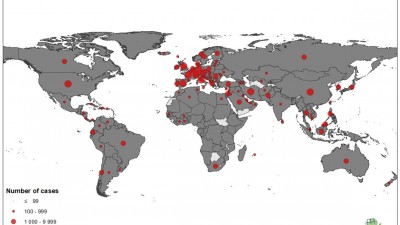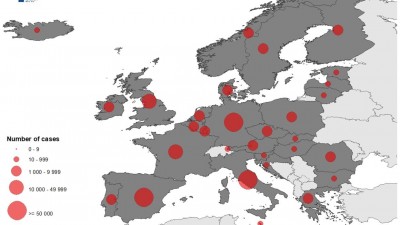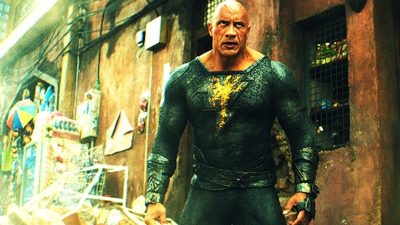They’re built on historical data, engineering studies, time-motion analyses, and industry benchmarks. Good standard costs reflect what production should reasonably cost under normal operating conditions based on past experience and current market conditions. Basic Legal E-Billing standards are standards established for use within a business over a long period of time. This basic standards can be used in the preparation of current standards as well.
Who is responsible for investigating the causes of standard cost variances?
This can lead to frustration and discouragement among the plant workers and decreased productivity. In addition, if the standard cost is too high, it could lead to financial losses for the company. standard costing system Therefore, plant management must set the yield target for standard costs.
- No more end-of-year standard to actual analysis and true-up, impacting the P&L and Balance Sheet.
- Greater accuracy – The cost of new products can be estimated with greater accuracy.
- In conjunction with production, purchasing, and sales, product design determines what the product will look like and what materials will be used.
- These predetermined costs are based on estimates of materials, labor, and overhead expenses.
- The standard cost budget variance applies only to fixed costs and is the difference between the budgeted fixed overhead and the actual fixed overhead.
Benefits of Standard Costing in Manufacturing
By analyzing these discrepancies, companies can pinpoint areas that require attention and improvement, thereby fostering a culture of continuous performance enhancement and accountability. When management compares actualexpenses and revenues with fixed assets budgeted expenses and revenues,differences—called variances—are likely to occur. This process of focusing on only the most significantvariances is known as management by exception. Theprocess of management by exception enables management toconcentrate its efforts on those variances that could have a bigeffect on the company, ignoring those variances that are notsignificant. As discussed in the previously,budgets areformal written plans that represent management’s planned actions inthe future and the impacts of these actions on the business.
Standard Costs
It’s the value of the work that has been completed, as opposed to the work that still needs to be done. In this scenario, the earned value is $500, and the actual cost is $600. A positive cost variance happens when actual expenses are less than budgeted expenses. This can be due to either effective cost-saving measures or simply luck. This is the ideal situation, as it indicates that the business is spending as much as planned.
Calculating Standard Costs
The standard cost of direct materials is the total cost of materials required to produce a unit of a product or provide a service. It is computed by multiplying the standard cost of a unit or raw material by the standard quantity required to produce one product. Standard costs are sometimes known as “would-be” or “anticipated” costs. These costs represent the amount that a product’s production ought to cost.
Standard Costing Technique
The difference between the standard and actual costs is known as a variance. The variance indicates a deviation from what was recorded in the profit plan. Management can likely anticipate a lower profit if actual costs exceed the standard. However, if actual costs are less than standard, management might anticipate a higher profit than initially planned. Comparison and analysis of data – Standard costing provides a stable and sound basis for comparison of actual data with standard costs according to different elements separately. It brings out clearly the impact of external factors and internal causes on the cost and performance of the concern.
- First, the standard cost may not be realistic, and second, the yield target may not be achievable.
- Nevertheless, choosing the standard cost of production is a challenging task.
- Ask any controller what they dread most about month-end close in a manufacturing environment, and inventory valuation will likely top the list.
- (1) The standard should be fixed in such a manner, so that managers and workers should rely on them.
- This can happen if the prices of raw materials or other inputs fluctuate more than expected or your production process is less efficient than you thought.
- The analysis of standard cost helps in enhancing profitability and efficiency.
- Yes, there have been new developments in how standard costing is applied.
Ideal Standards vs. Practical Standards
One of the signs that a standard cost may be incorrect is if it doesn’t align with the company’s current production levels. If production has increased, but the standard cost remains the same, it’s likely that the standard cost is too low. However, the vast majority of producers use the standard costing technique.
























Comments